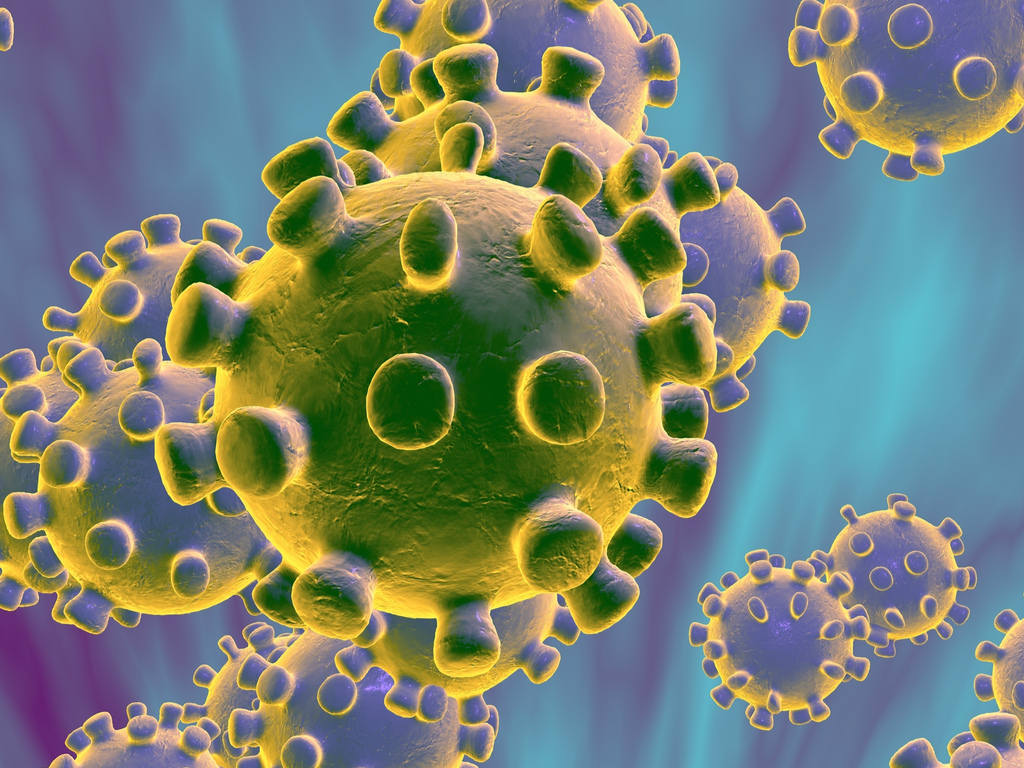Virus
• Life is usually characterised by birth and death.
• Living organisms conduct certain metabolic activities that produce the molecules and energy needed to sustain the organism.
• Viruses as we all see lack these.Adolf Meyer is credited with the discovery of Virus.Martineaus Beijerinck coined the term 'Virus' and he is also known as 'Father of Virology.'
• Viruses contain an important key element that make up all living organisms: the nuclear acids that is DNA or RNA. Any given virus can only have one or the other but they cannot read their own codes.
• They are chemicals as such, thus nonliving.
• When inside a host, they start reproducing.
• The structure of a simple Virion comprises of an inner nucleic acid core, surrounded by an outer coating known as Capsid.
• Virion are the complete infectivevirus residing outside a host cell, which includes its core of RNA, as well as the Capsid.
• When a Virion enters a cell(called as a host after infection) it is far from inactive. It sheds its coat, bares its genes and induces the cell’s own replications machinery to reproduce the intruder’s DNA or RNA. There it manufacture more viral protein based on the instructions in the viral nucleic acid. The newly newly created viral bits assemble and more viruses arise, which also may infect other cells.
• It is increasingly believed that they came first and helped the later life to originate from it. Because of viruses attack, life kept becoming complex and evolution kept happening.

• Life is usually characterised by birth and death.
• Living organisms conduct certain metabolic activities that produce the molecules and energy needed to sustain the organism.
• Viruses as we all see lack these.Adolf Meyer is credited with the discovery of Virus.Martineaus Beijerinck coined the term 'Virus' and he is also known as 'Father of Virology.'
• Viruses contain an important key element that make up all living organisms: the nuclear acids that is DNA or RNA. Any given virus can only have one or the other but they cannot read their own codes.
• They are chemicals as such, thus nonliving.
• When inside a host, they start reproducing.
• The structure of a simple Virion comprises of an inner nucleic acid core, surrounded by an outer coating known as Capsid.
• Virion are the complete infectivevirus residing outside a host cell, which includes its core of RNA, as well as the Capsid.
• When a Virion enters a cell(called as a host after infection) it is far from inactive. It sheds its coat, bares its genes and induces the cell’s own replications machinery to reproduce the intruder’s DNA or RNA. There it manufacture more viral protein based on the instructions in the viral nucleic acid. The newly newly created viral bits assemble and more viruses arise, which also may infect other cells.
• It is increasingly believed that they came first and helped the later life to originate from it. Because of viruses attack, life kept becoming complex and evolution kept happening.

0 Comments